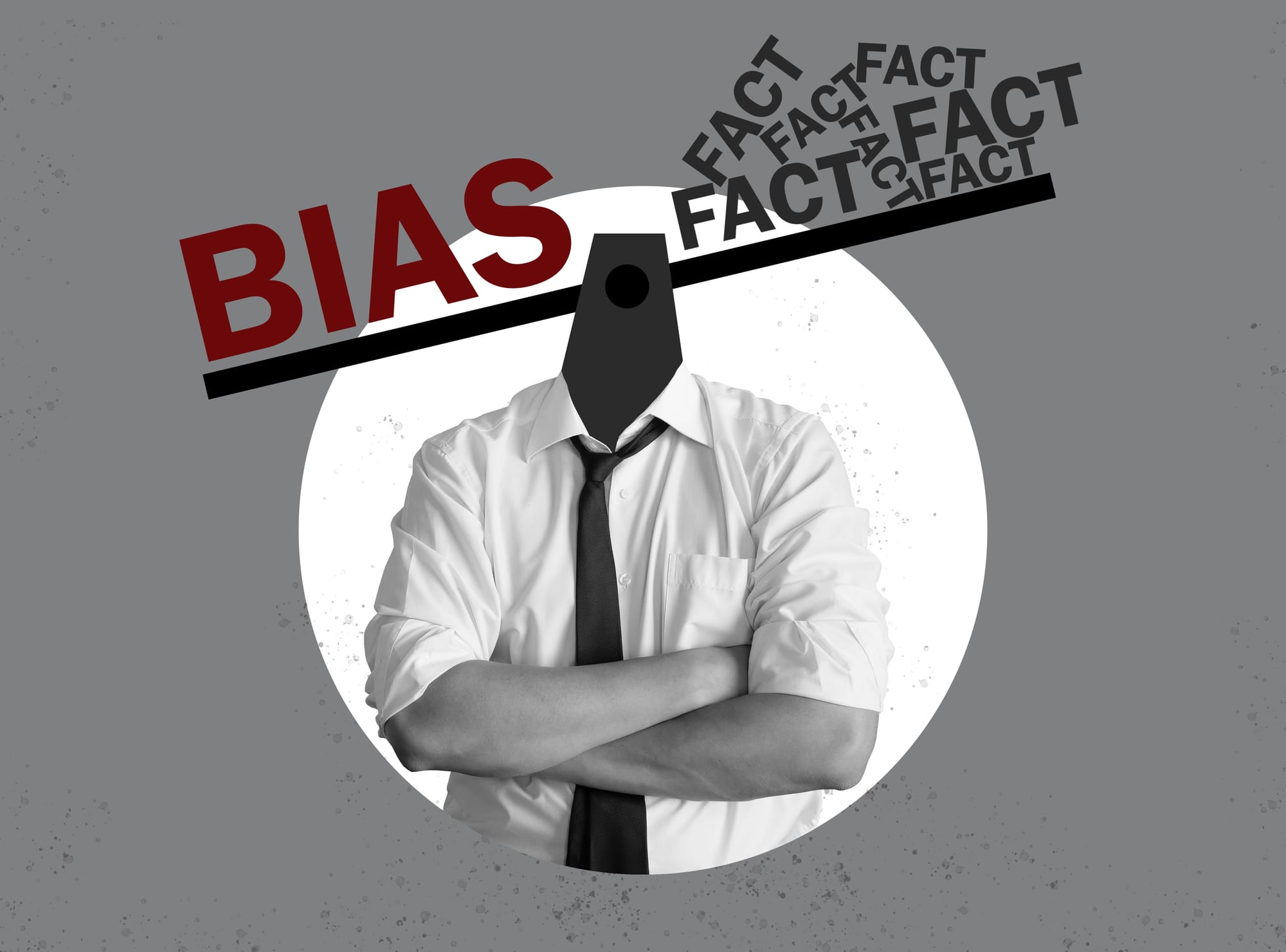Neutral Arbiter or Employer’s Agent? Examining the Role of the Engineer in Construction Claims

In the Singapore construction industry, the role of the Engineer is central to the administration of contracts. These positions are entrusted with the responsibility of issuing instructions, assessing claims, and certifying entitlements for Extension of Time (EOT) and Loss & Expense (L&E).
In theory, the Engineer is expected to act with impartiality, basing determinations solely on contractual provisions and the facts presented. In practice, however, contractors often express concern that the role appears aligned with the employer’s interests, particularly in contentious claims involving time and cost.
The Dual Role and Its Implications
A key source of tension lies in the dual nature of the position. On the one hand, the Engineer acts as the employer’s representative, safeguarding commercial objectives, ensuring timely delivery, and overseeing contract performance. On the other hand, the role carries a quasi-judicial function, requiring fair and unbiased decision-making when assessing claims.
This structural arrangement can lead to perceptions of bias, regardless of whether actual bias exists. Even with contractual clauses, such as the requirement under the SIA Conditions for the Engineer to act “fairly and reasonably”, the fact that the appointment and remuneration come from the employer can influence how the role is perceived by contractors.
Points of Contention: EOT and L&E Assessments
The most common disputes involving allegations of bias arise in the evaluation of EOT and L&E claims.
Extension of Time (EOT)
Contractors generally expect that delays caused by employer-related issues, such as late approvals, design changes, or restricted site access, will be recognised. However, determinations can become contentious when the Engineer applies a restrictive interpretation of contractual provisions, demands extensive documentation, or disputes causation.
Loss & Expense (L&E)
L&E or prolongation cost claims often require detailed proof linking specific delays to additional expenditure. In practice, these claims are sometimes reduced or rejected due to a lack of contemporaneous records or disagreement on causation. To contractors, such outcomes can appear protective of the employer’s financial position.
The Significance of Perceived Bias
In contract administration, perception can be as damaging as reality. A pattern of rejecting or significantly reducing claims, limited explanation of decisions, or outcomes that consistently align with the employer’s position can erode confidence in the process. This erosion of trust can have significant consequences, including an increase in formal disputes through adjudication, arbitration, or litigation. It can also damage ongoing working relationships and reduce openness in communication between parties.
Improving Confidence in the Role
Enhancing impartiality and transparency in claim determinations requires both procedural and cultural adjustments. Potential measures include:
- Clearer Contractual Guidance: Standard forms should set out explicit protocols for claim assessment, including acceptable delay analysis methodologies and evidence requirements.
- Training in Neutral Decision-Making: Engineers should receive formal training on conflict management and impartial certification.
- Transparent Reasoning: Providing detailed explanations for decisions can mitigate suspicion, even where claims are not upheld.
- Independent Review Mechanisms: Peer reviews or dispute avoidance boards can serve as an additional safeguard in contentious matters.
Conclusion
As the Singapore construction sector increasingly embraces collaborative approaches and early dispute resolution methods, the integrity of the Engineer roles remains critical. While contractual provisions require these professionals to act fairly and reasonably, maintaining industry confidence depends on consistent, transparent, and evidence-based decision-making.
In the long term, reducing the perception of bias will not only minimise disputes. Still, it will also strengthen trust across the project delivery chain, benefiting employers, contractors, and the industry as a whole.